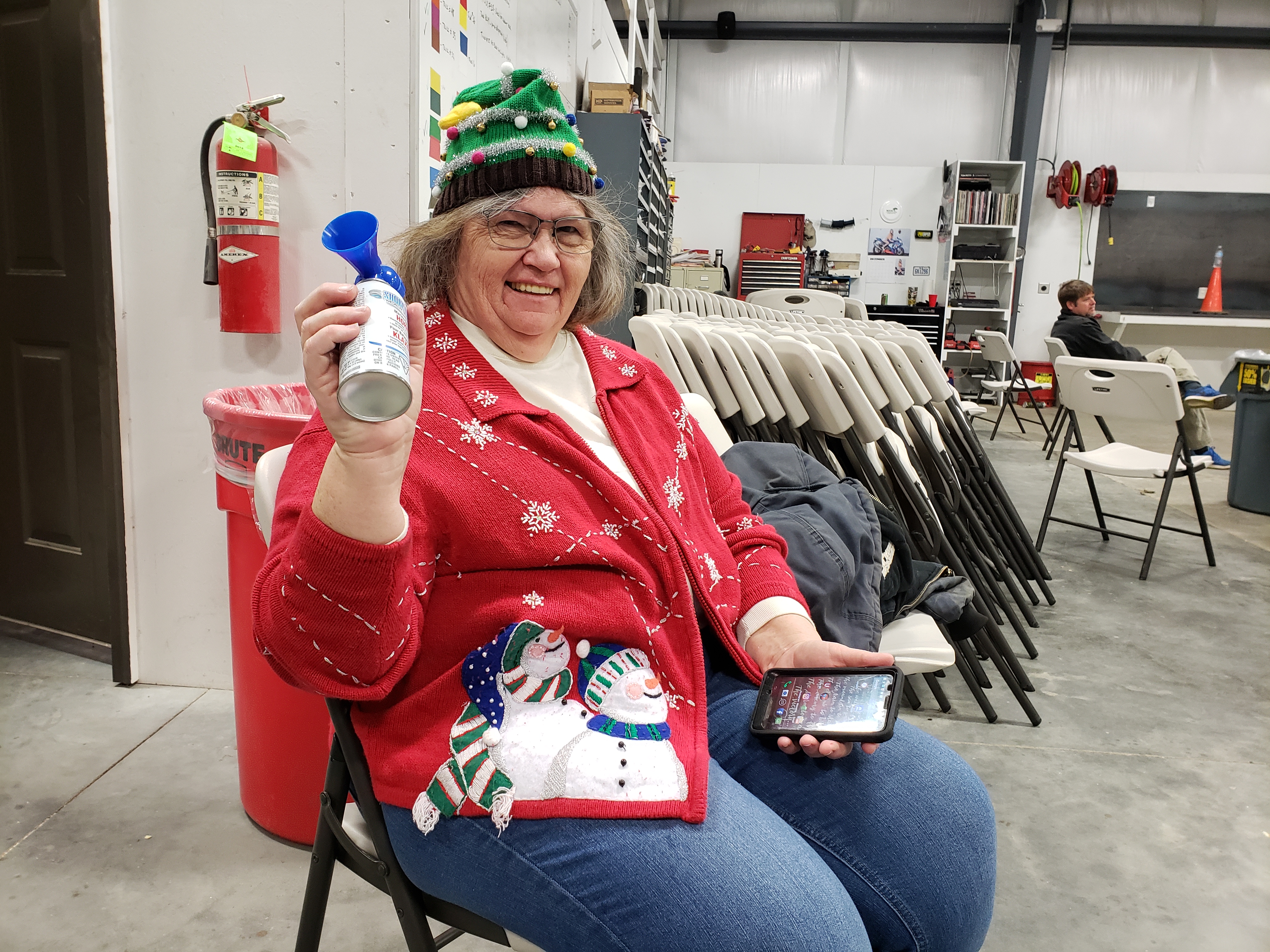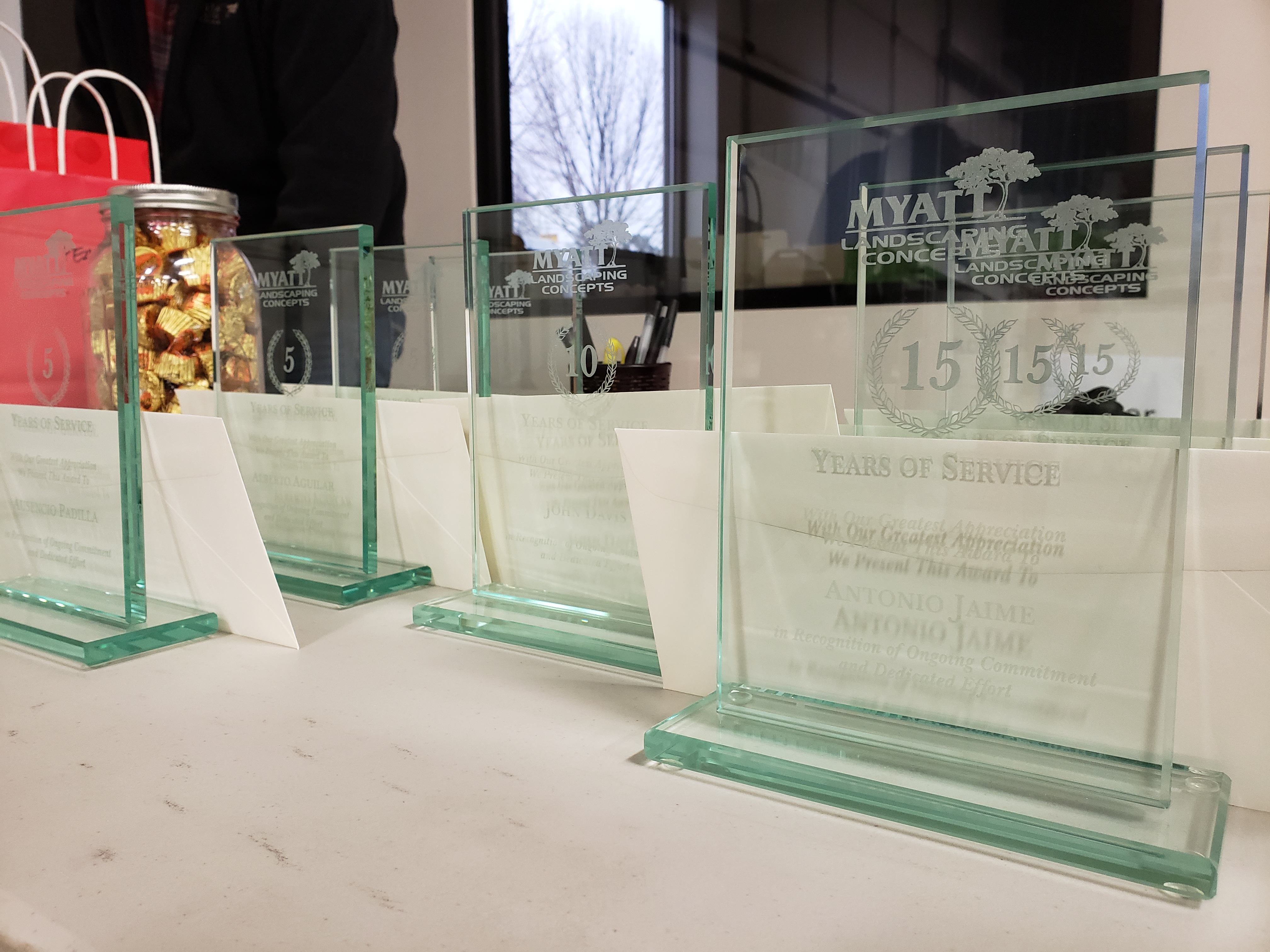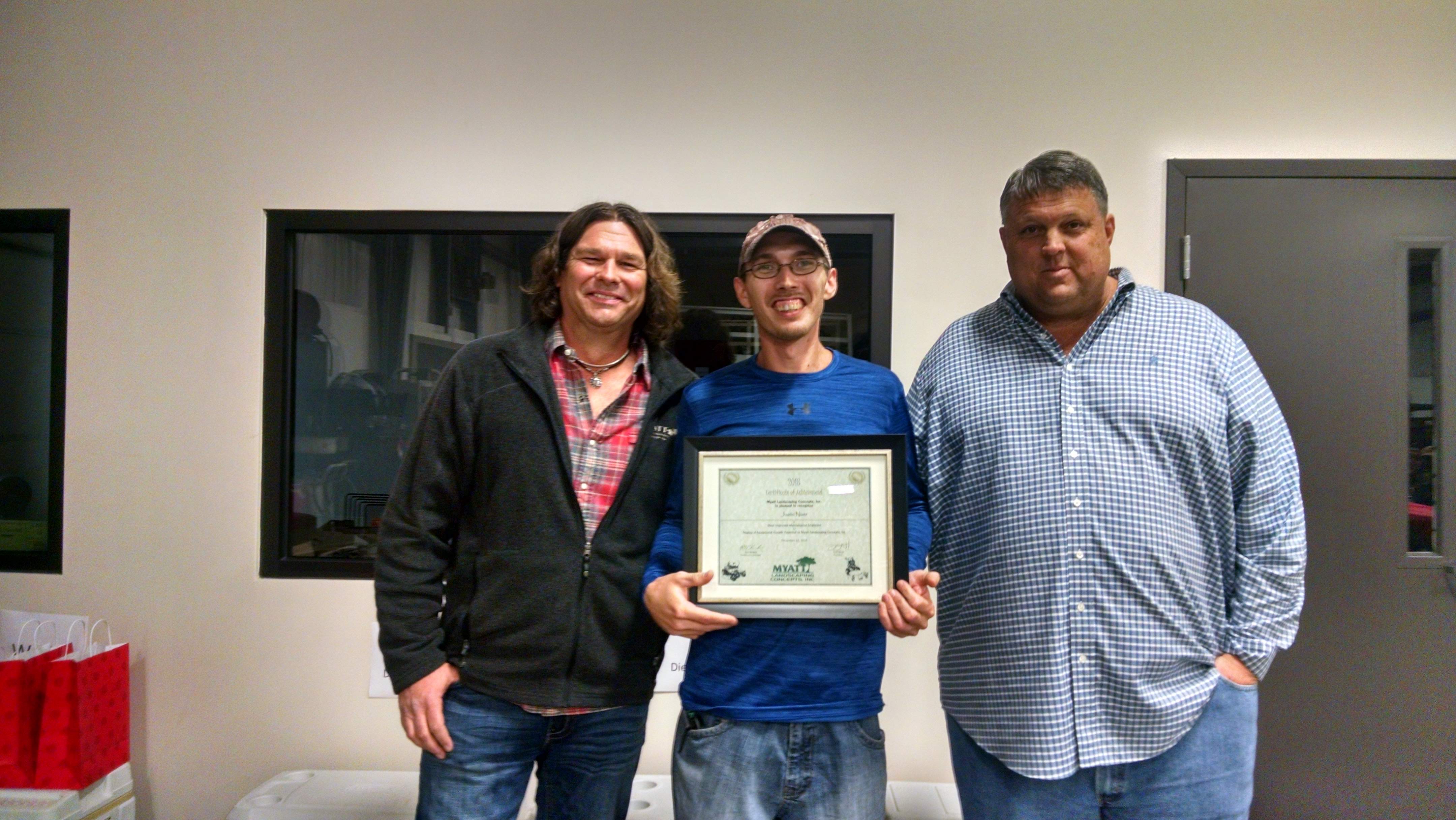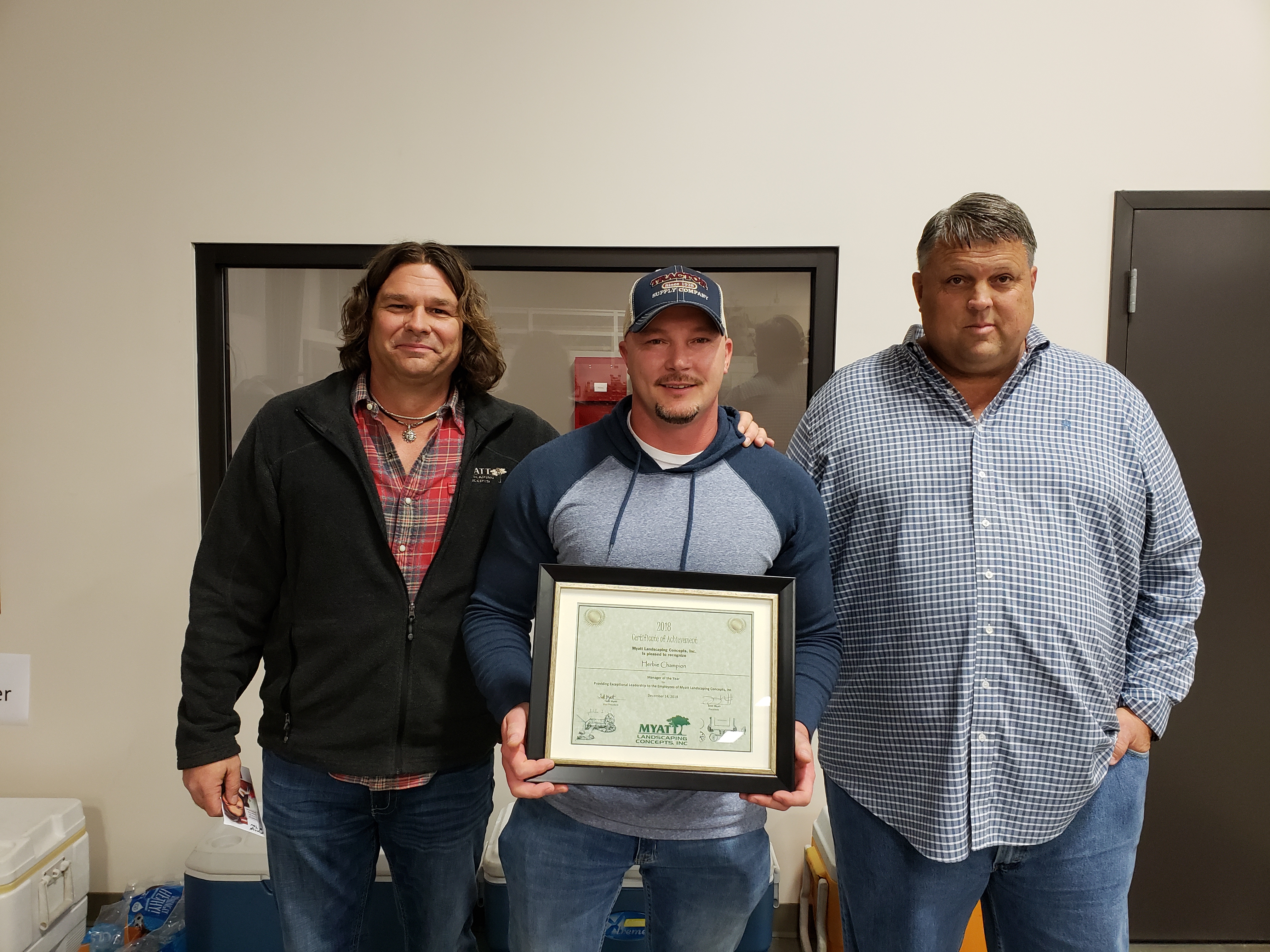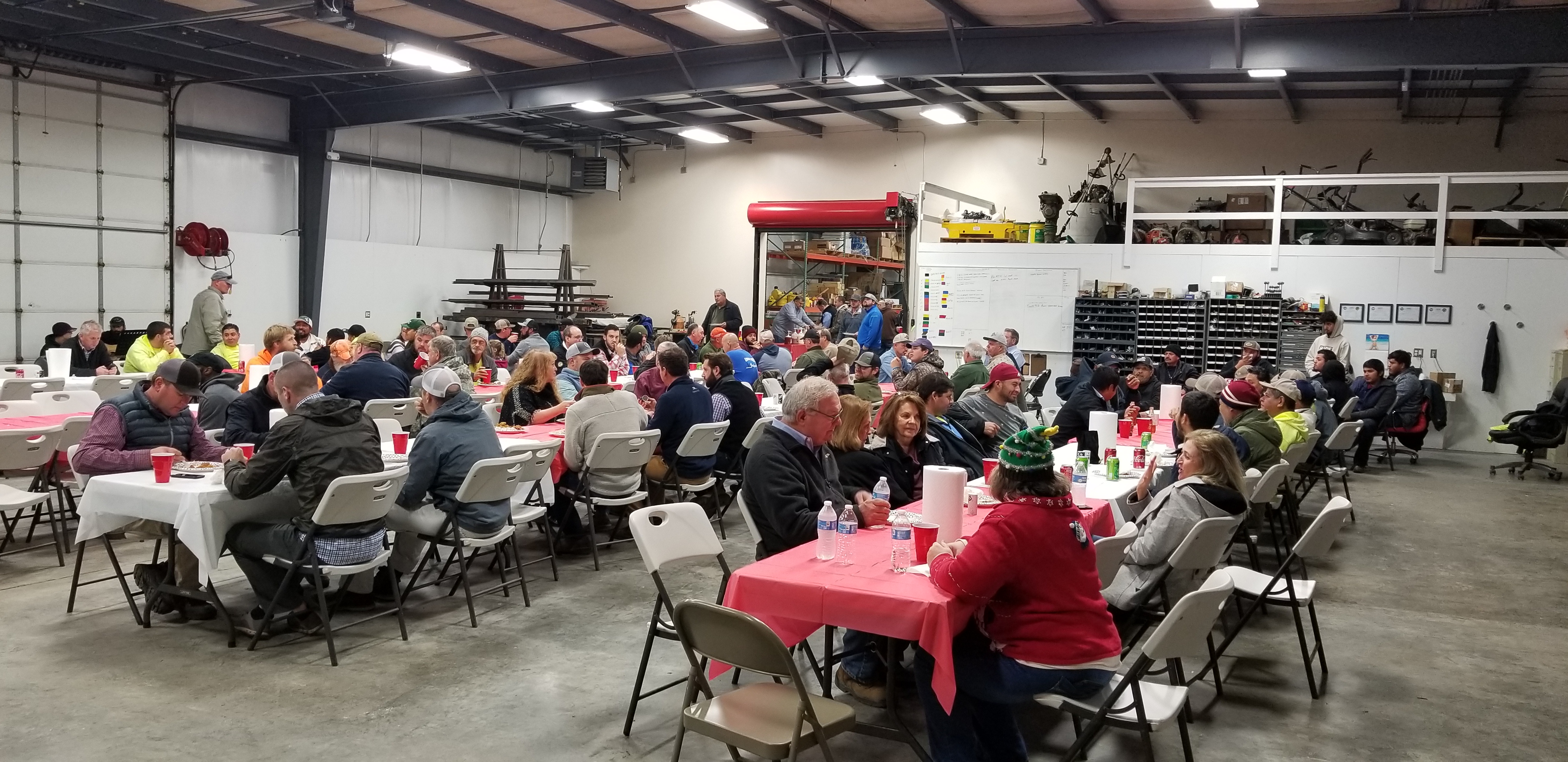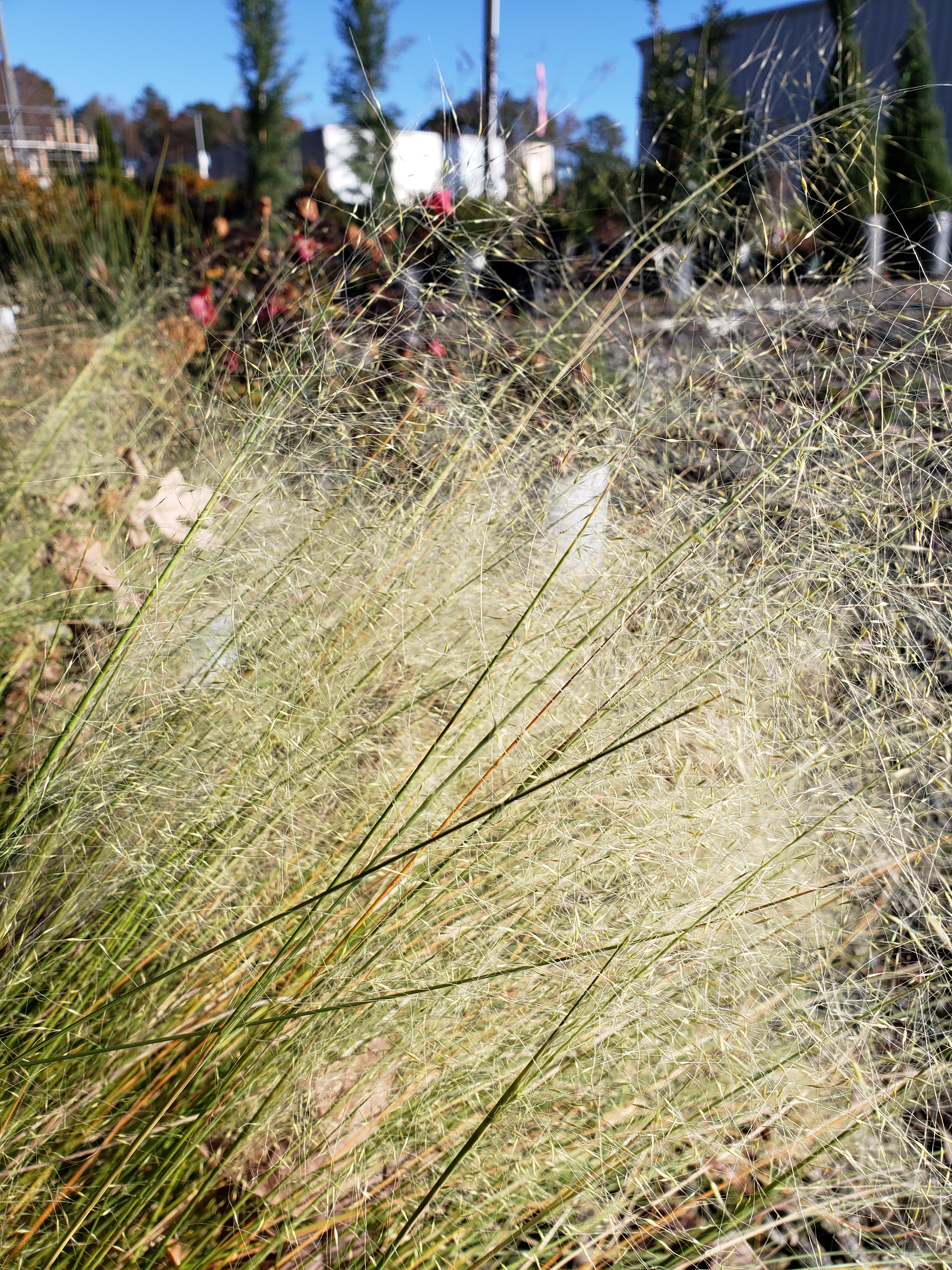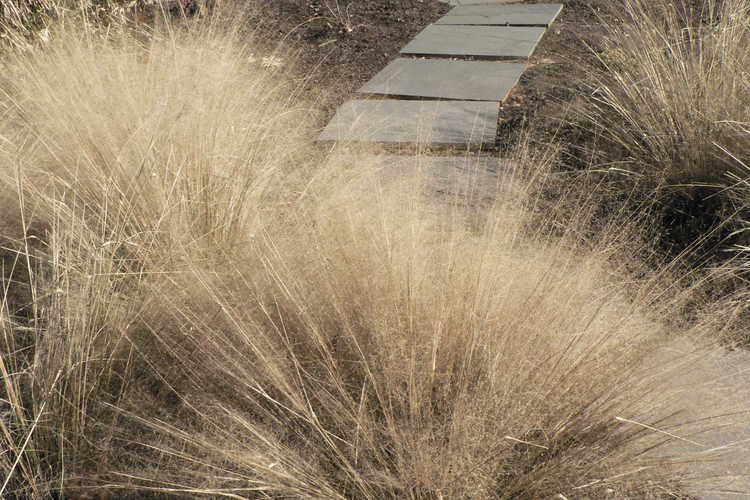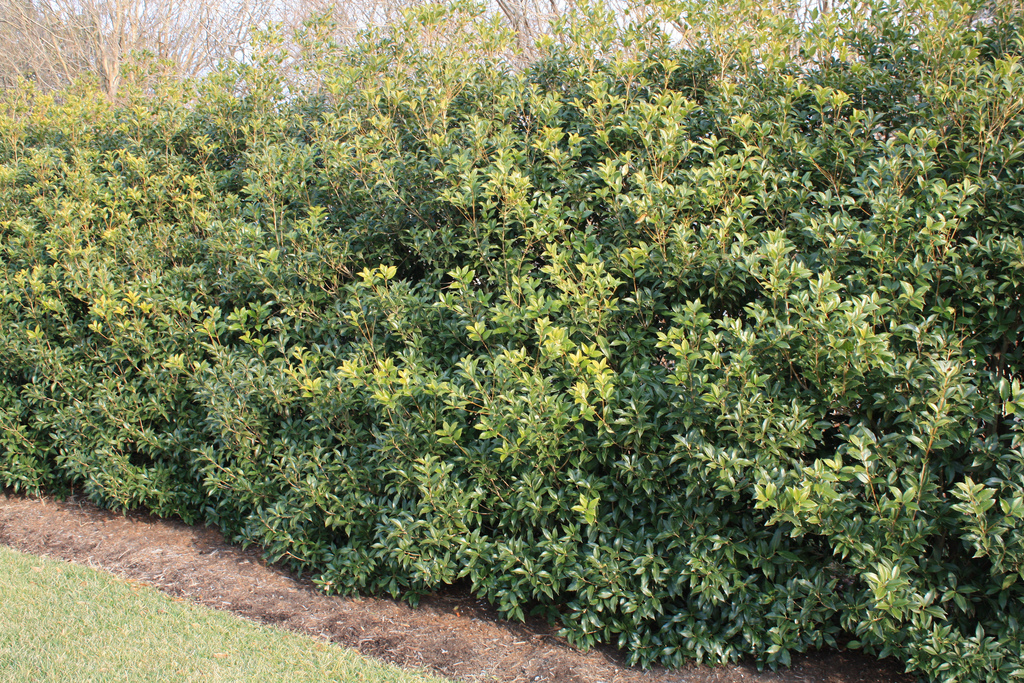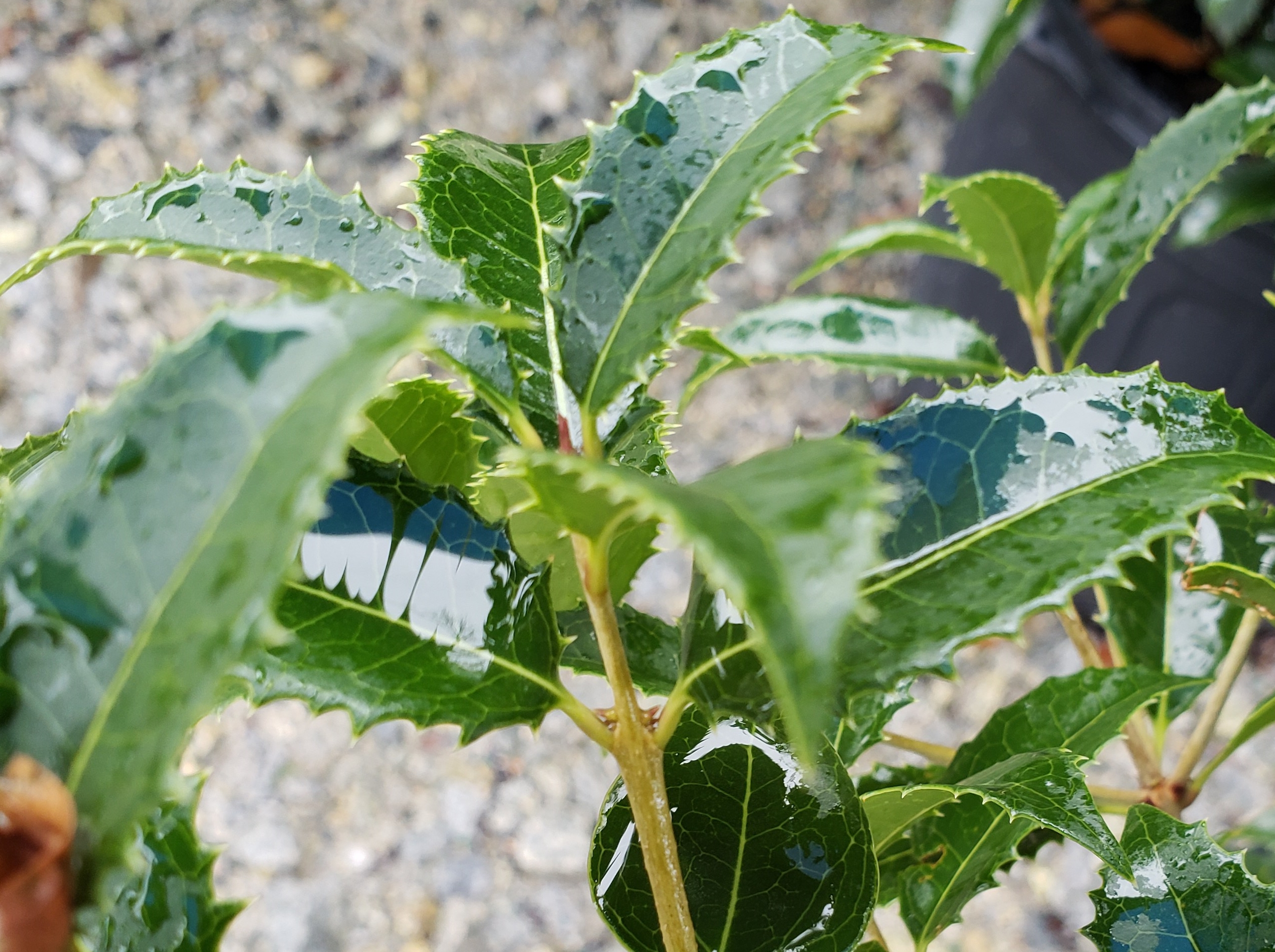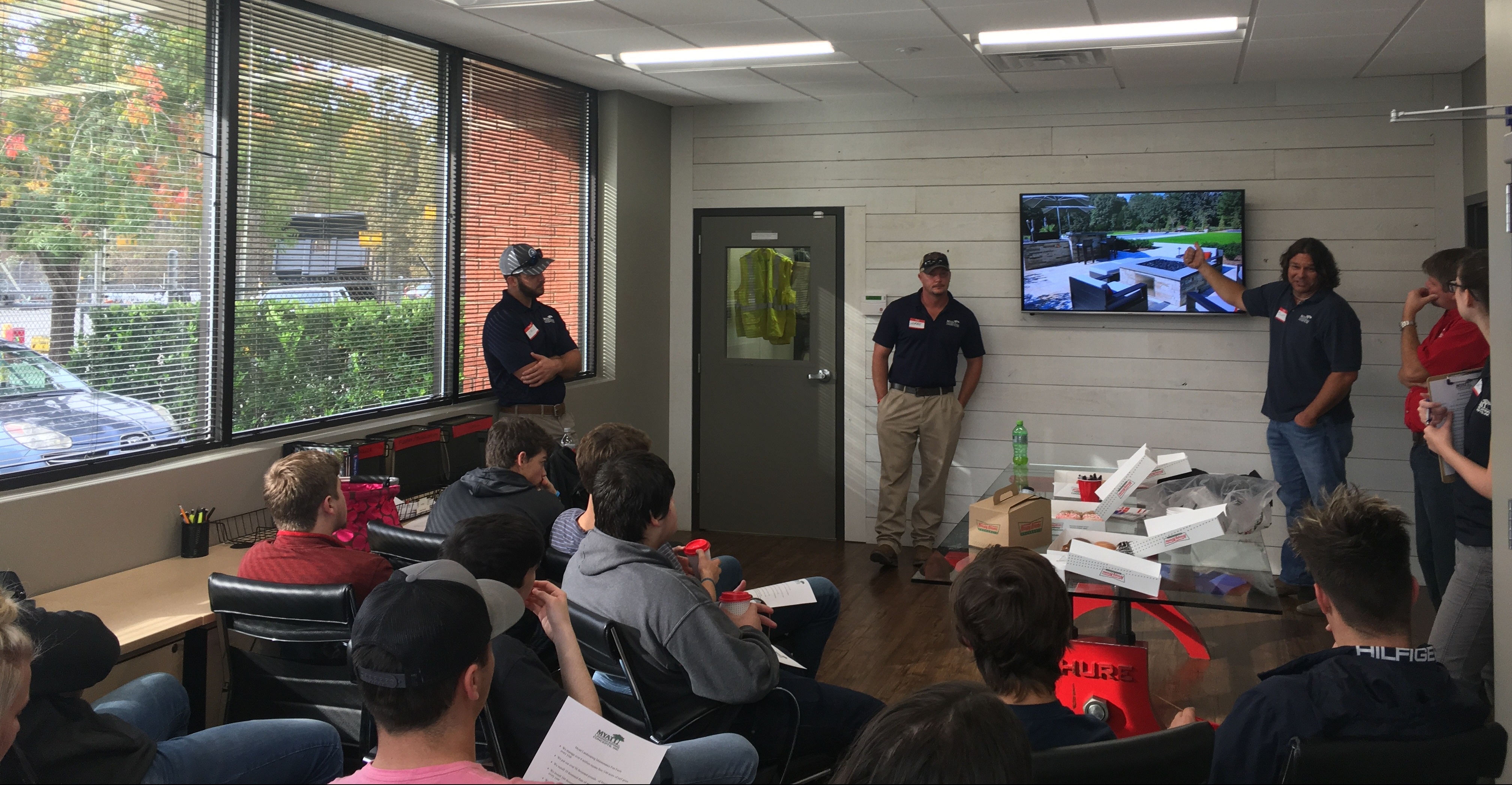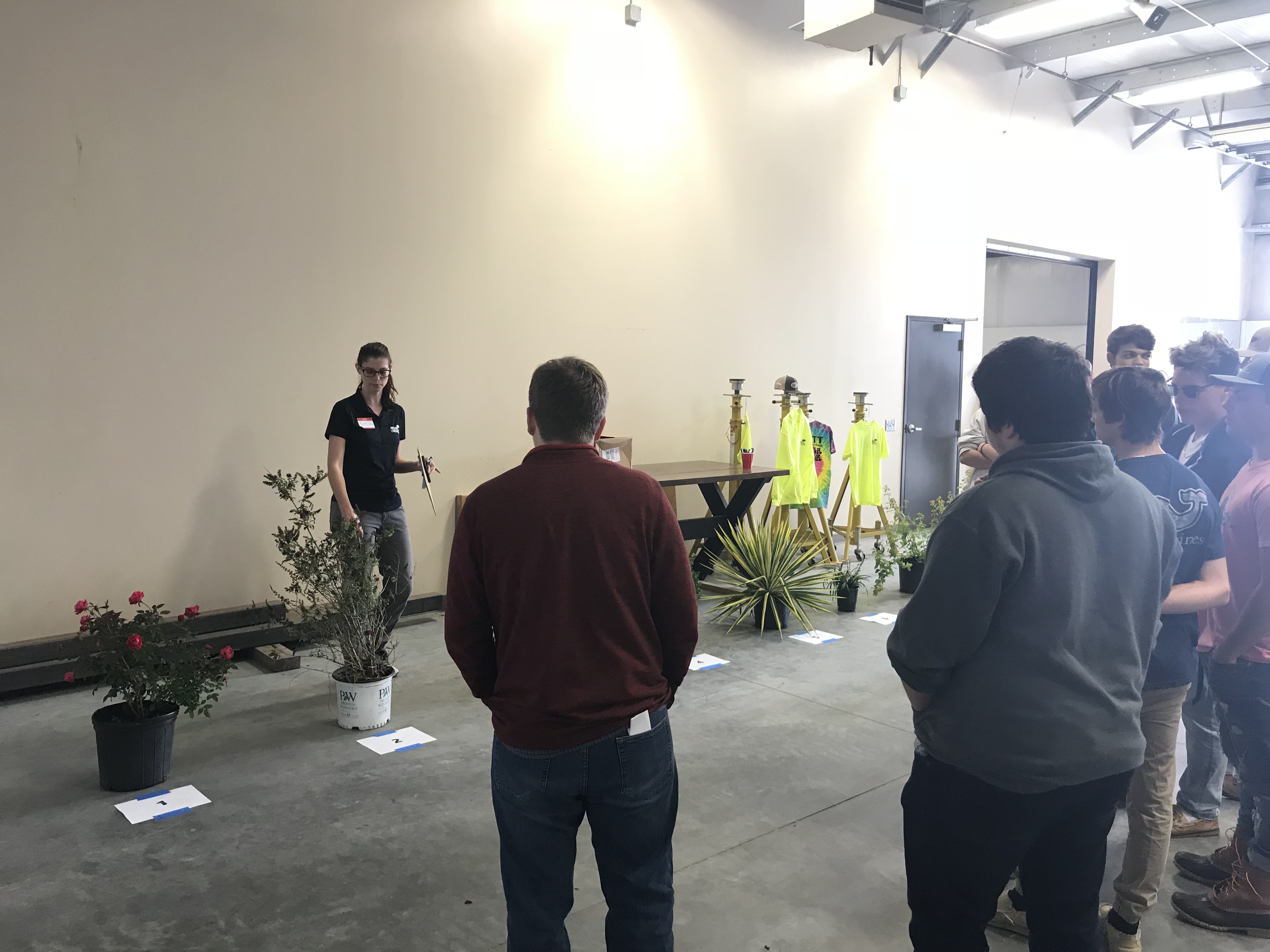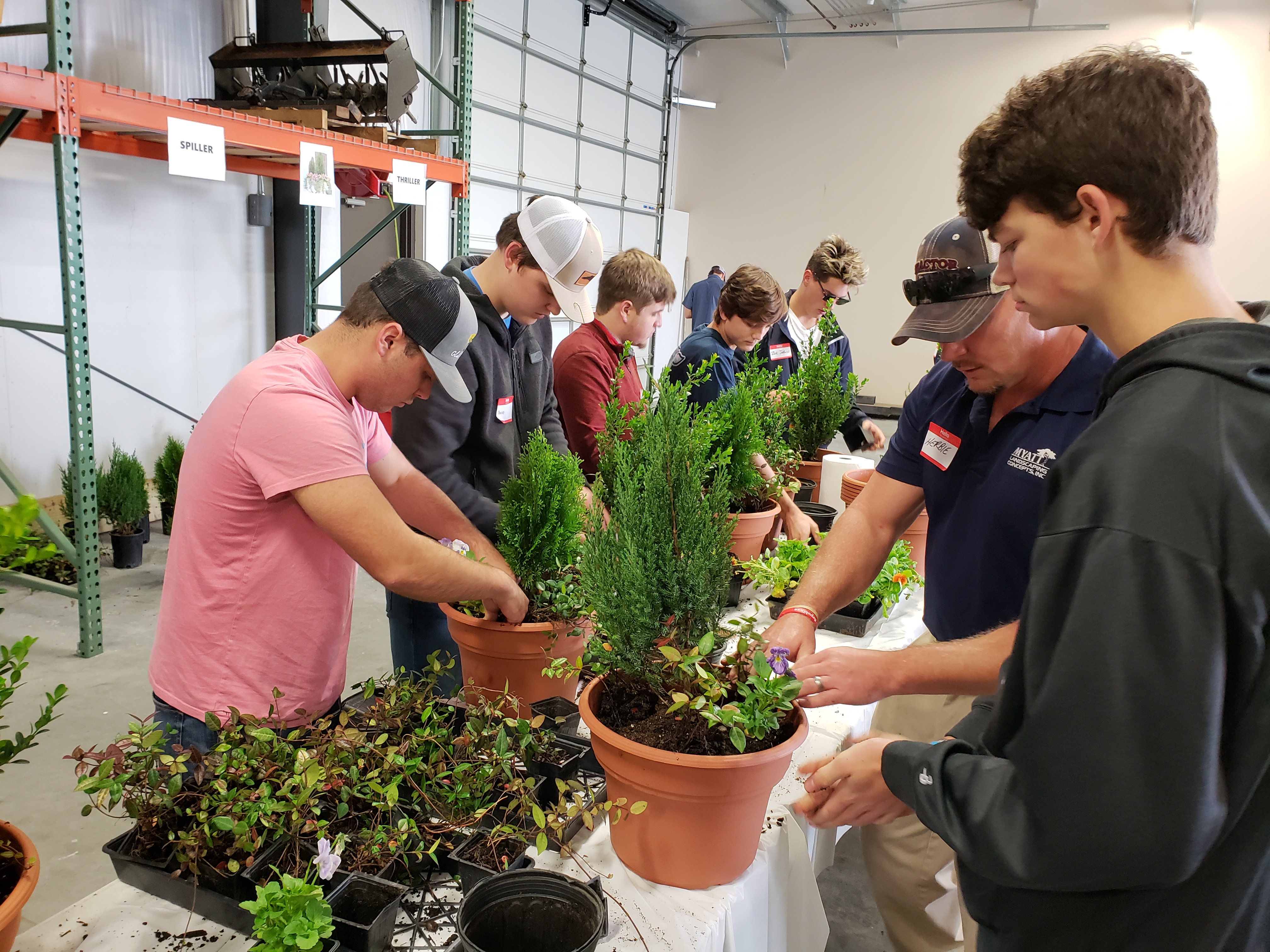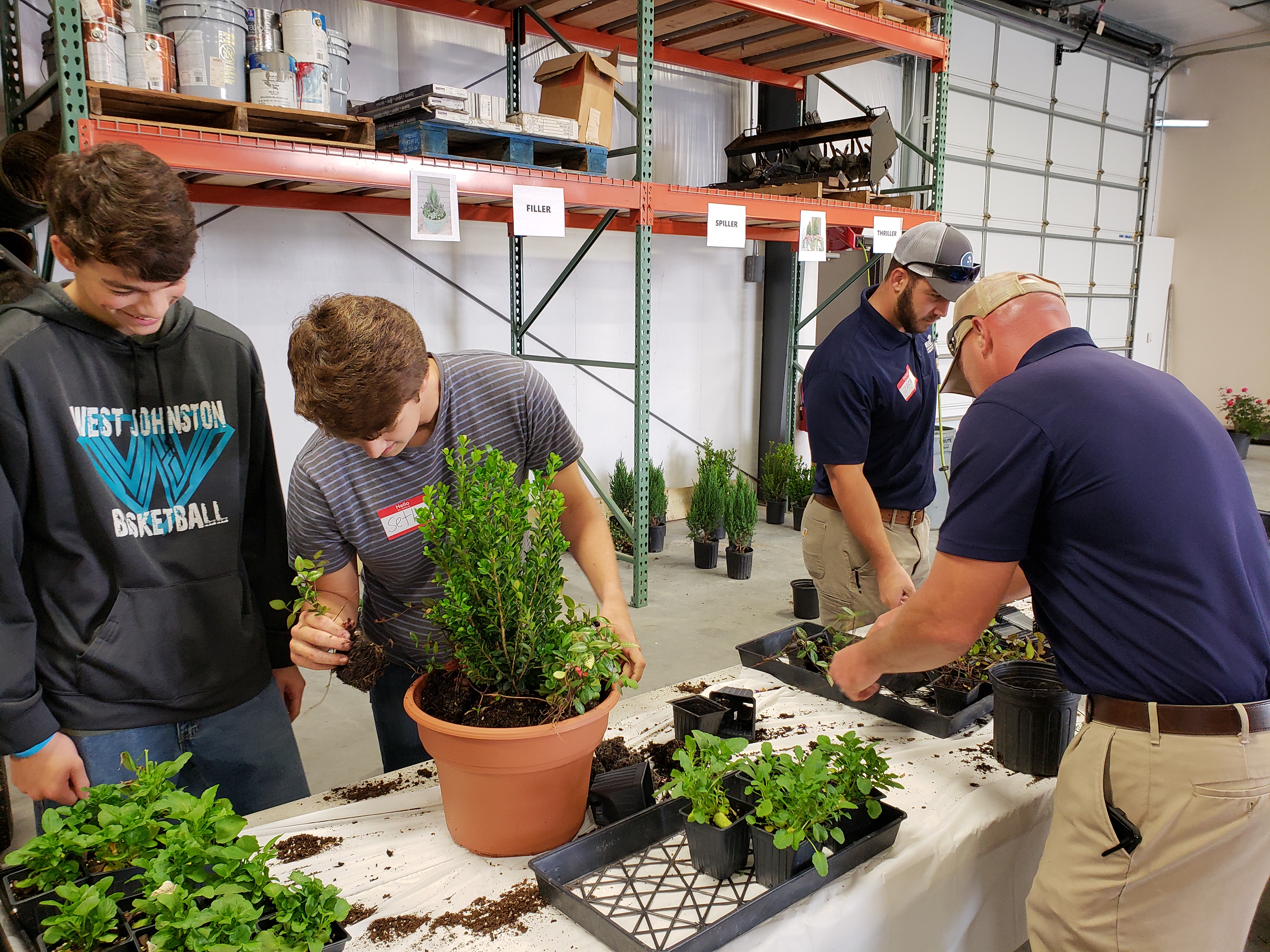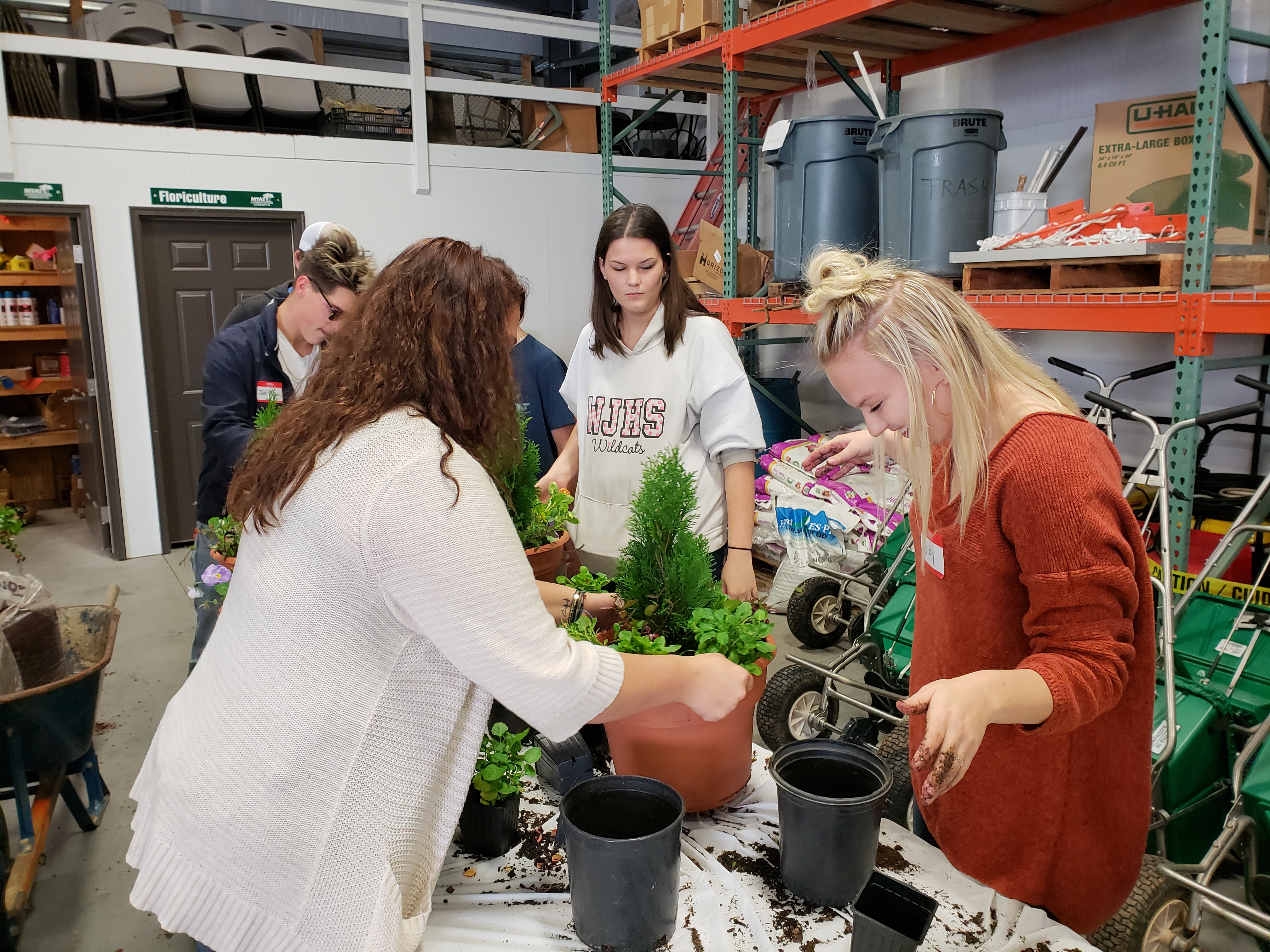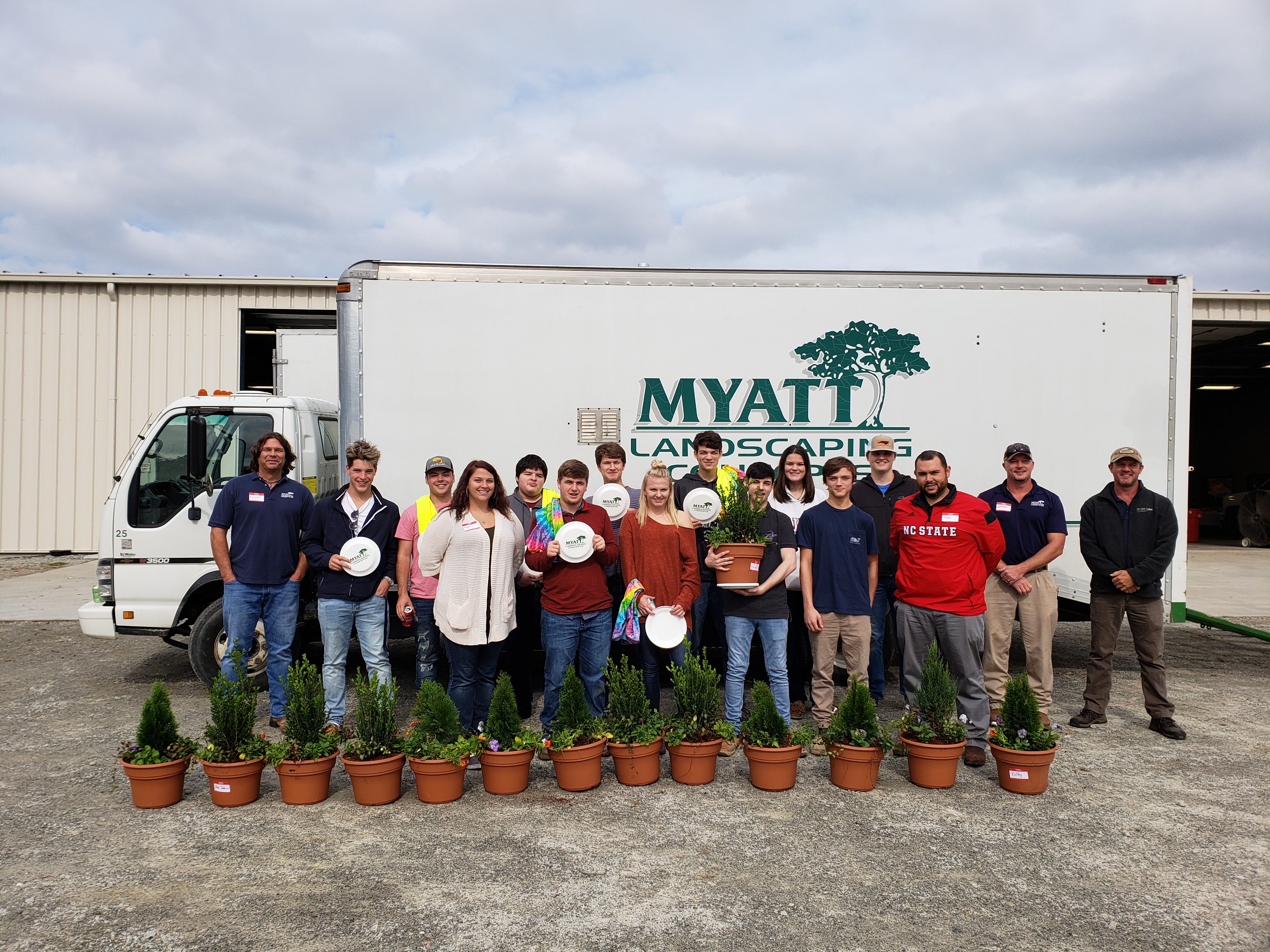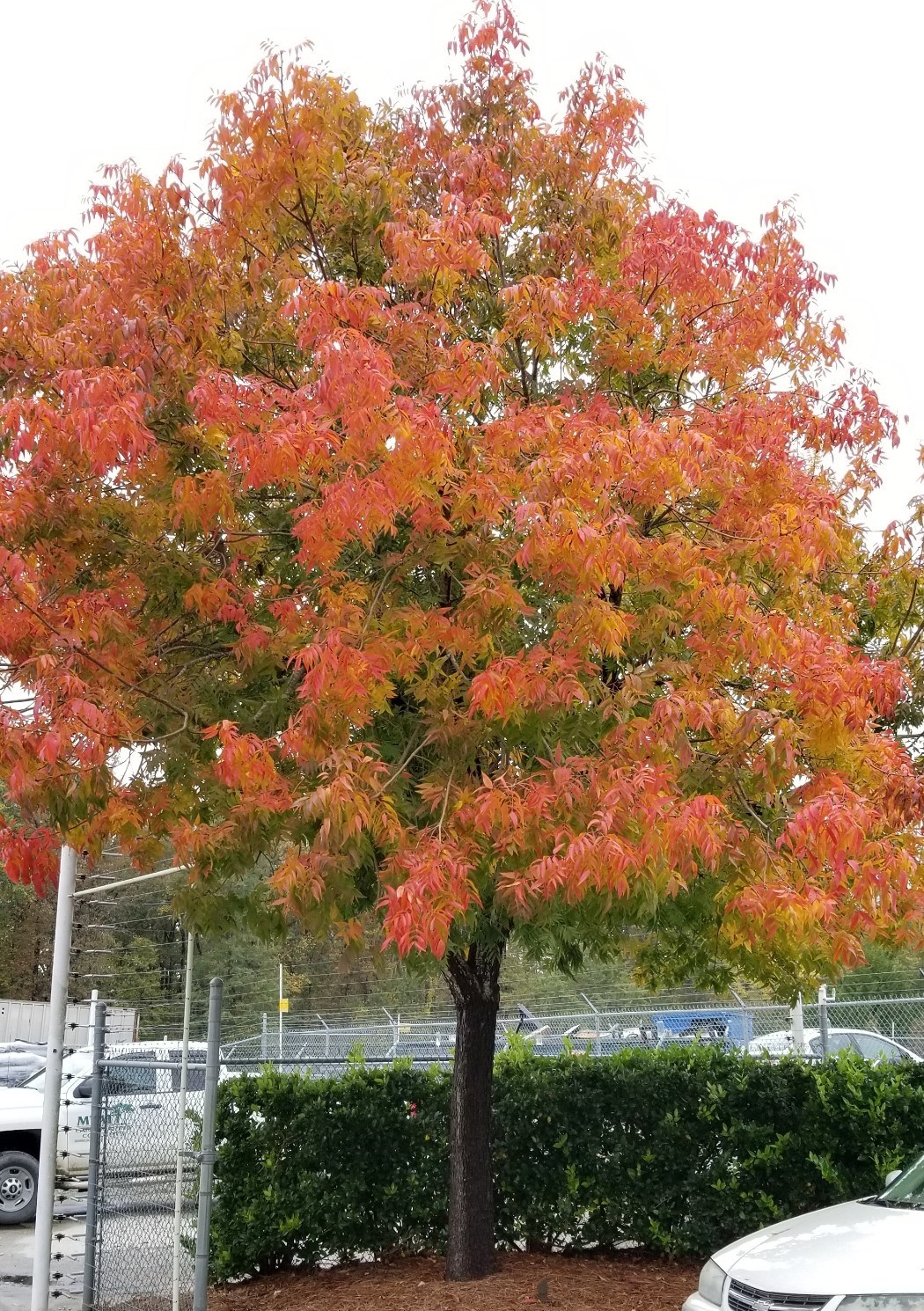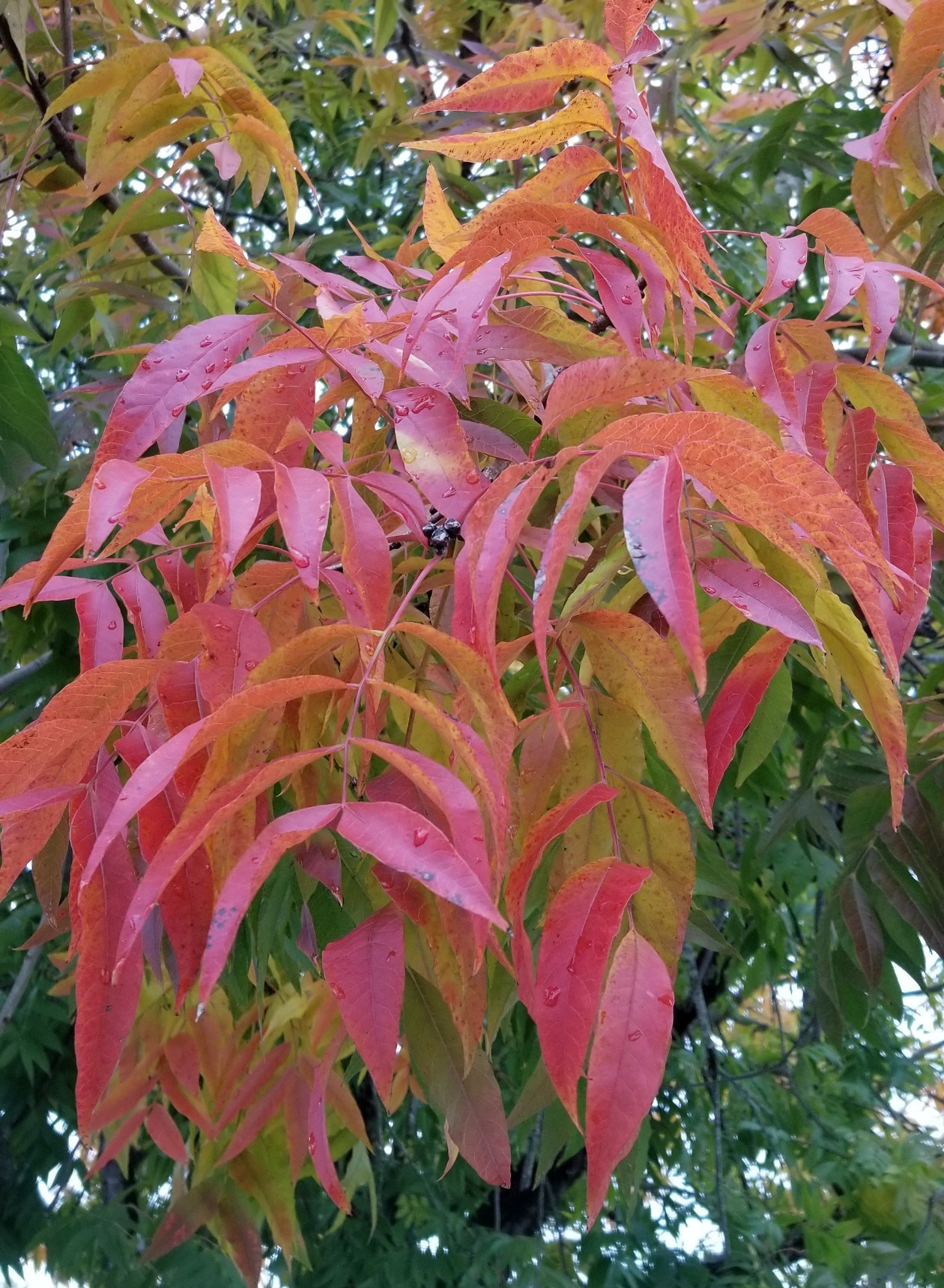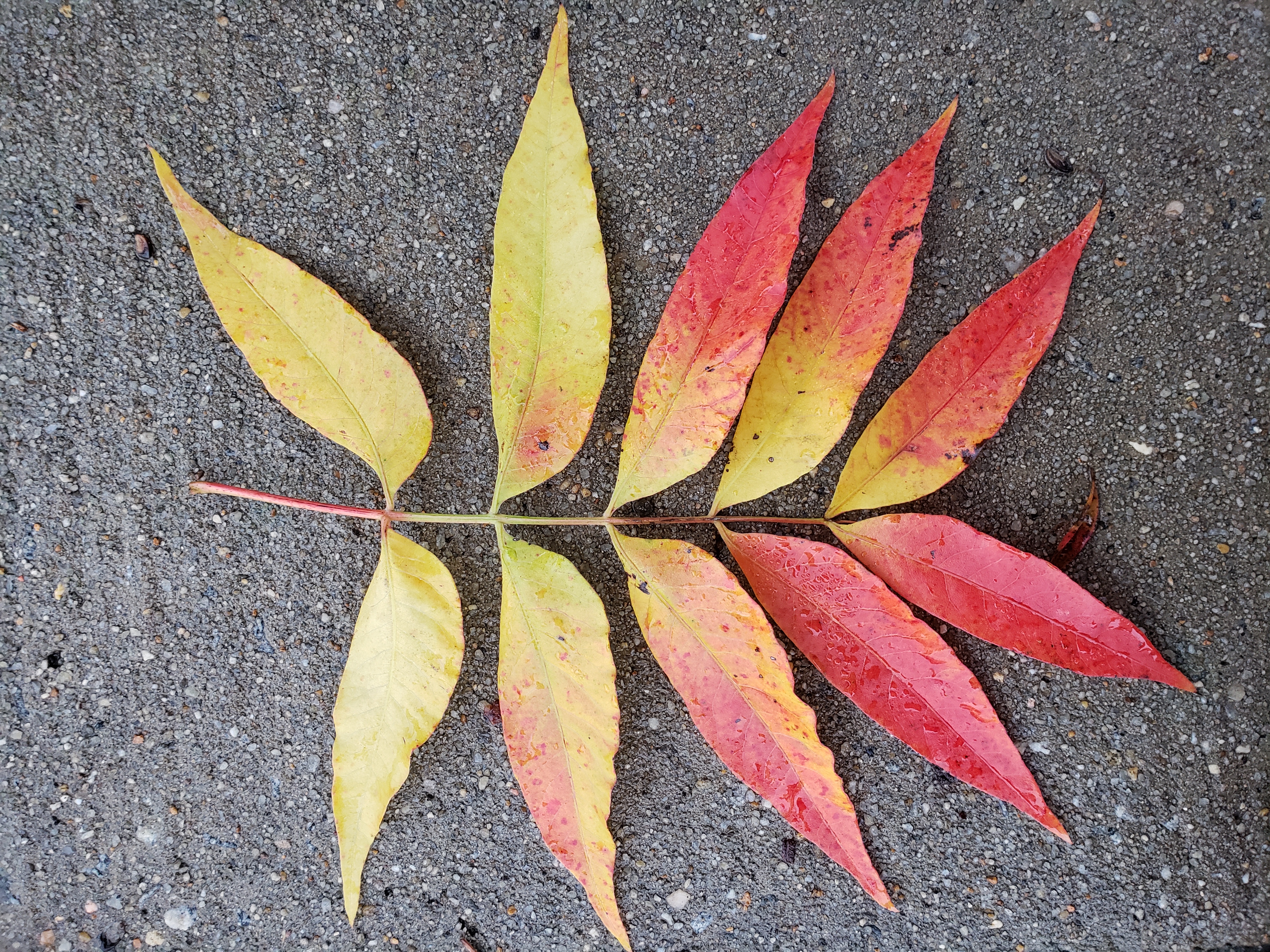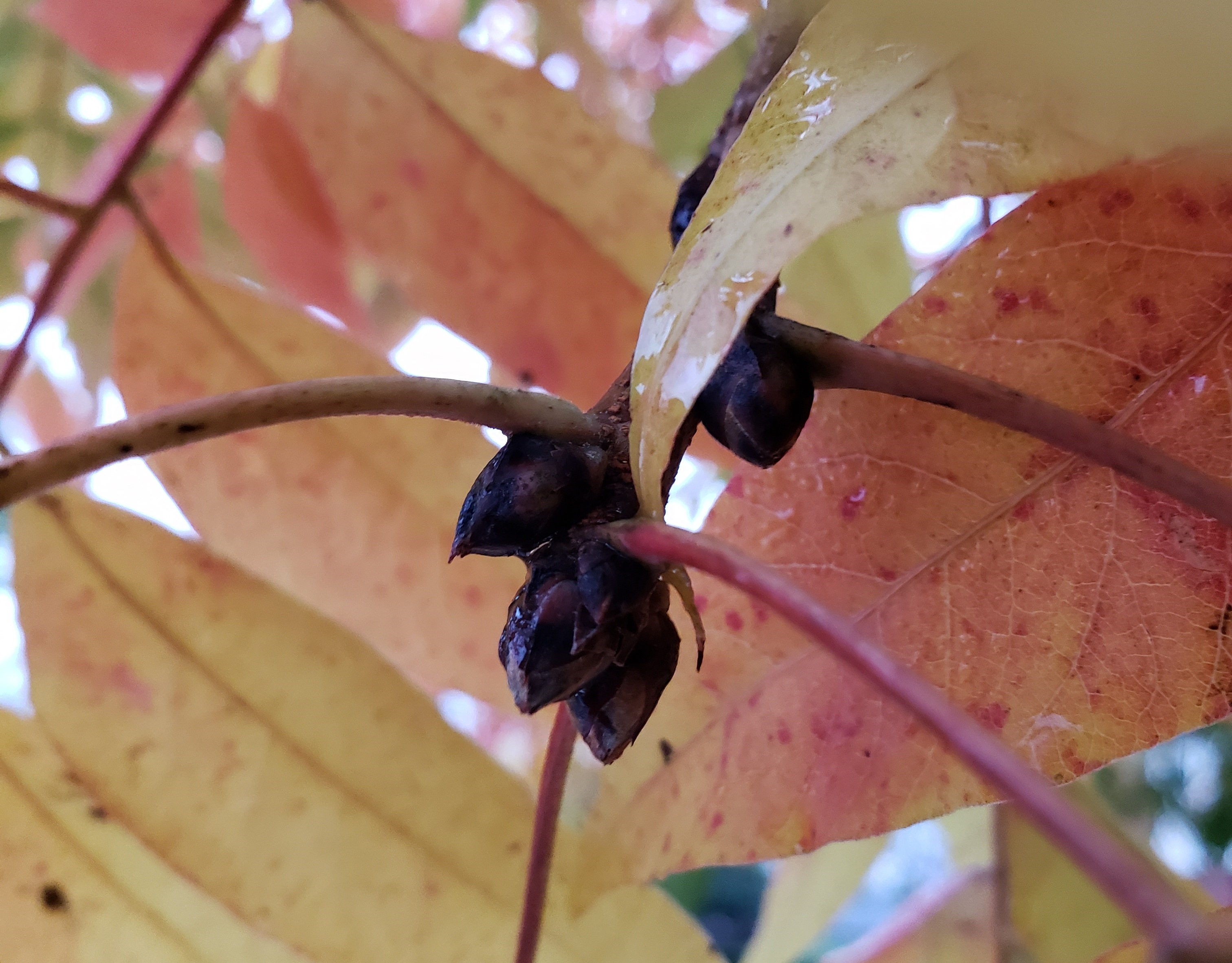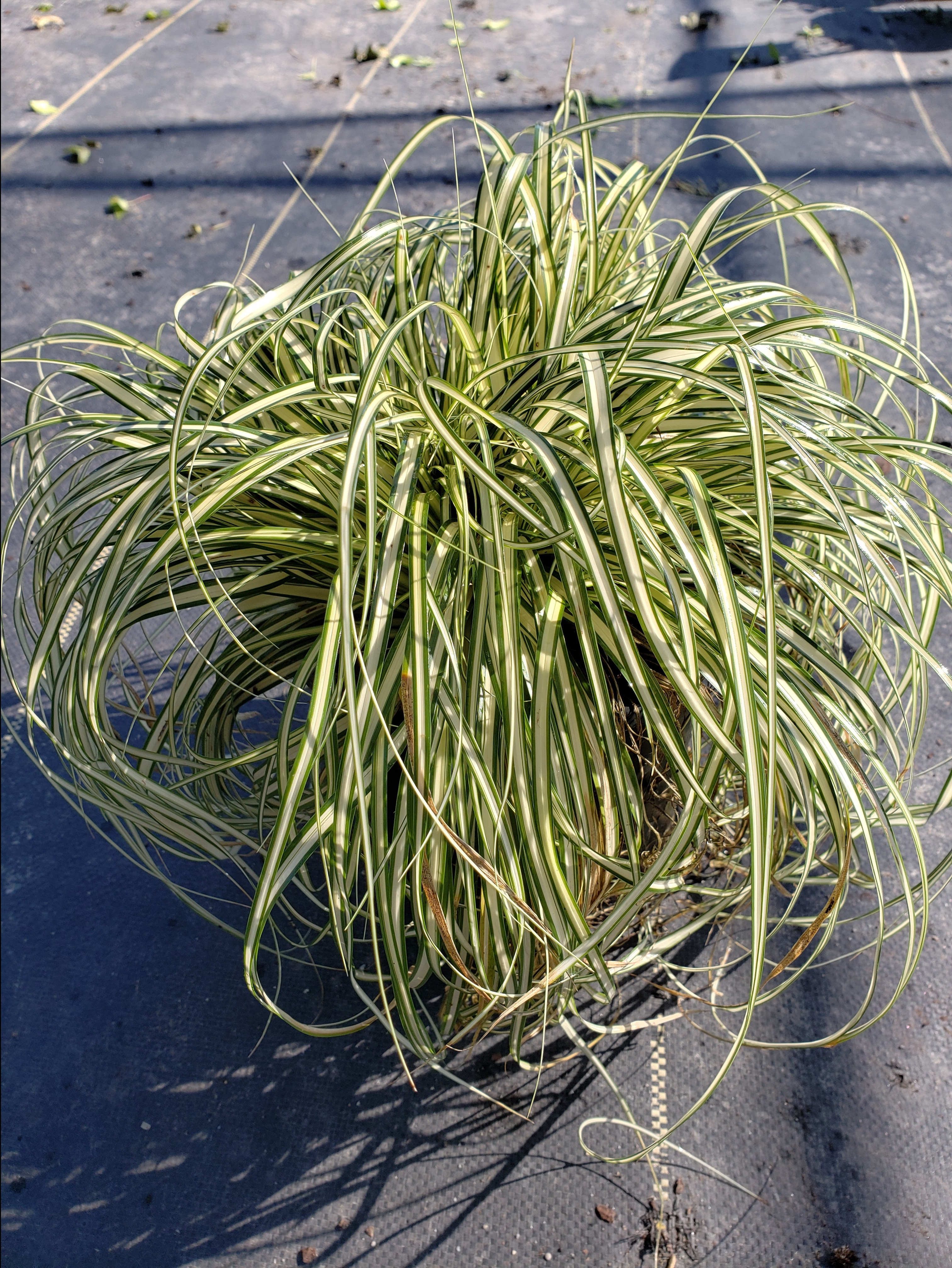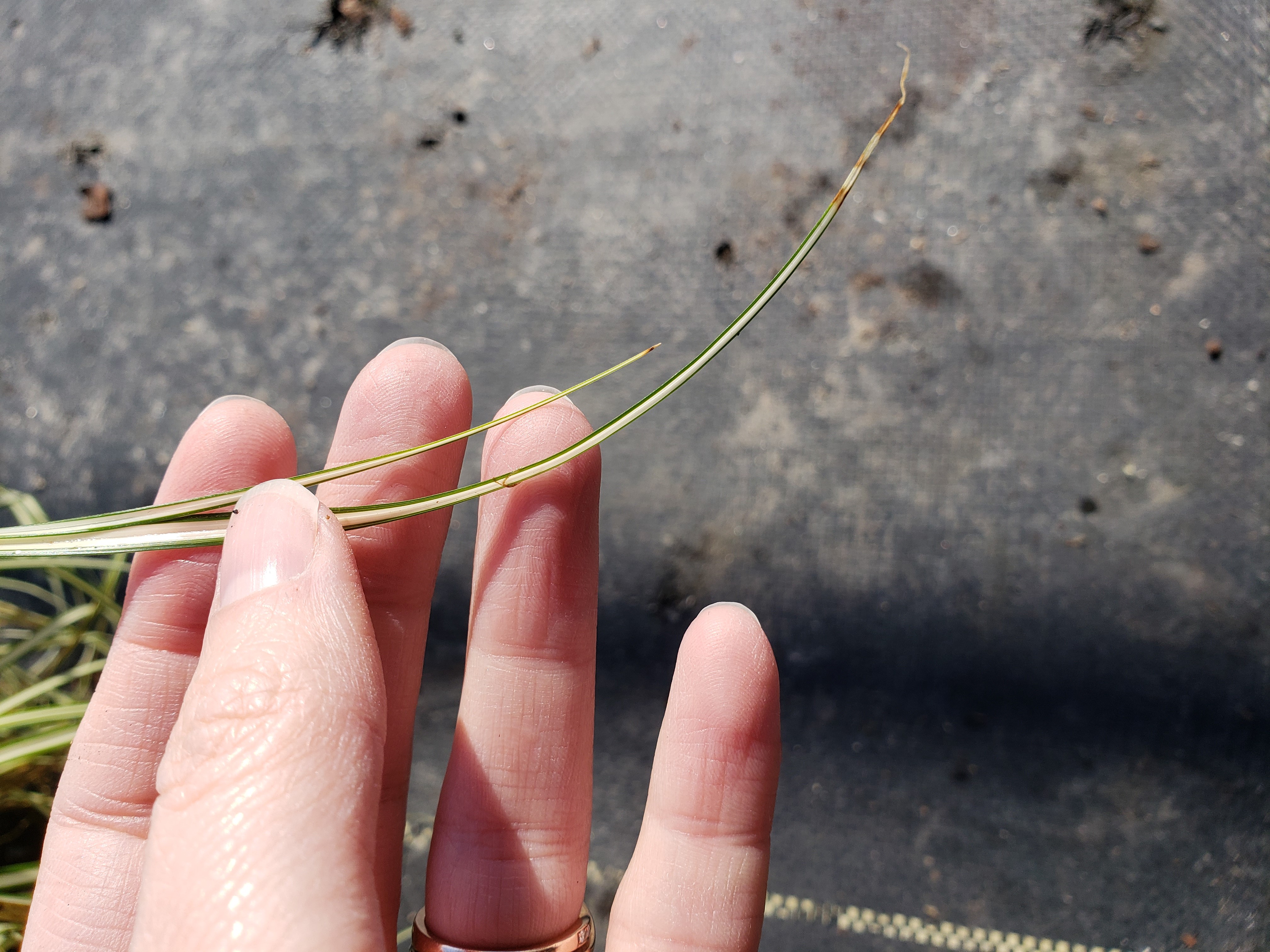
MEET Ryan Kimbro, Maintenance Division Manager, celebrating 20 years at Myatt Landscaping. Yes, you read that correctly, Ryan has been working here for twenty years! Every part of his interview reflects his incredible dedication to his work—building the maintenance division from nothing into a highly successful business representing 50% of the company. Read on to get to know the man behind it all.
“I’m pretty proud of staying at one place for 20 years, you know, not a lot of people do that anymore. [People say] it’s always greener on the other side, but I like it here. I enjoy coming to work every day.” ~Ryan Kimbro
…
How long have you been working here? 20 years. A big chunk of my life!
How did you start working for Myatt Landscaping? All through college I worked on different golf courses— Devil’s Ridge, Lochmere, and a couple of other ones. When I got out of [NC] State, I went to work for a friend of mine who had a landscape business. Long story short, Scott hired another friend of mine called Mark, and then they brought me in [to Myatt Landscaping]. Mark was one of these guys that was always on to the next thing, so after about 6 weeks of working, he left to do something different and moved to Wilmington. So that just left me. When I started working at Myatt, it was just four or five Hispanic laborers, and Todd and Anna [Scott’s brother and wife]. Scott and Todd had historically done a lot of spec homes, where you install a basic landscape package, and they had never done maintenance. They used to not want to do maintenance, but people kept on asking them to do it, so they brought me and Mark in to start, and then I took over when Mark left. I was the first everything really, first foreman, first manager, first spray tech… It’s grown slowly over the years, and now we’re a lot bigger than we were when we started.
What was your progression through the company? I was the first foreman, and I rode in the first maintenance truck with three laborers. We got our first package of about six shopping centers, and then we did a few houses for one of the owners of the [spec home construction] company, and so on and so forth. We grew the business and eventually we had two trucks. Then they pulled me out of the truck and made me a manager. When we were small, we did all the flowers ourselves, all the pruning, all the pine straw, aerification. It’s just grown in scale. It hasn’t changed so much, but the scale has for sure.
What made you stay at Myatt for 20 years? (Laughing) People would ask me, “Why don’t you start your own business?” Well, I kind of already have. Scott doesn’t micromanage me, it’s always “answer to the clients,” and I’ve grown [to where] I’m just vested in it. And they treat me like family—we’ve become more friends than coworkers over the years. Scott was at my wedding, and when you have a kid or that kind of thing, Todd would come by the hospital. And I’m pretty proud of staying at one place for 20 years, you know, not a lot of people do that anymore. [People say] it’s always greener on the other side, but I like it here. I enjoy coming to work every day.
As you look back on your career, what do you consider your greatest success? Growing the maintenance side of this business, and the relationships made through that process. We started with ten accounts, and now we have over two-hundred large, full-service accounts. We still have one of the original commercial accounts, and ten of the original residential accounts.
Is there any one thing you would like to take the time to learn more about? Excel spreadsheets! We use them for bigger proposals. The billing is done off of our spreadsheets, and [the clients] always want to add more items, so I have to go back to Chris and say, “I need to add another line item here.” That’s the one thing I have to ask for help with! I don’t need to ask for any other thing.
What do you enjoy most about your job? I still like being outside. I like the satisfaction of taking on projects that don’t look as good, and turning them around in a year’s time. Briar Chapel was really the first big one. It was in pretty tough shape when we got it and we’ve done a lot out there as far as what it looked like and how small it was and how big it is now. I enjoy turning residential properties around—when [clients are] willing to pay our premium and a year from then say, “You know, it’s really worth it. We really got what we paid for.” Currently, the fun challenges are these other [new] markets, the Wilmington market and the Summerville market. I would like to grow those books of business, and I still want to see us grow here as well.
What do you feel you have bragging rights to? The growth of the maintenance division. It’s not all mine, it’s “ours” as far as the maintenance team. Because all my managers have been there, like Robby, who was the second foreman after me, so I’ve built it with other key people.
Looking at all the people in history, what person would you say you respect the most and why? My father. He’s just always been there for me.
Hobbies outside of work: I like to spend time with my family, and go hunting and fishing. I usually go fishing with my wife’s side of the family in Wilmington, and I usually hunt down at Shady Grove (a large nursery in SC with a longstanding work relationship and friendship with Myatt Landscaping.—ed.). We go to see Widespread Panic a lot, which is kind of a hippy college band. We have a group of friends that gets together and travels to see them. Now that we have kids, it’s once or twice a year, but it used to be more.
Favorite food: Anything cooked on my Big Green Egg. I like to grill, and I do most of the cooking at my house. Just because it’s a hobby—my wife can cook too!
Something most people don’t know about you: I’m a great dancer!
Is there any advice you would give to a person who is starting out in your chosen career? Have a good attitude, be dependable, and be willing to learn!






